Anaemia is a predominant nutritional challenge worldwide, primarily stemming from an insufficient intake of iron. While it affects individuals of all age groups, its prevalence is notably higher among adolescent girls and women of reproductive age. This heightened occurrence is particularly evident in developing nations, due to limited economic resources and inadequate access to healthcare services.
According to Obstetrician and Gynecologist Dr Dhwani Prashant Mehta, ‘In developing regions, adolescents face heightened nutritional vulnerabilities, with girls being especially susceptible to anaemia. Research demonstrates that anaemia during adolescence is a prevalent nutritional concern in these countries. India, in particular, reports a substantial prevalence of anaemia among adolescent girls, surpassing figures seen in other developing nations.’
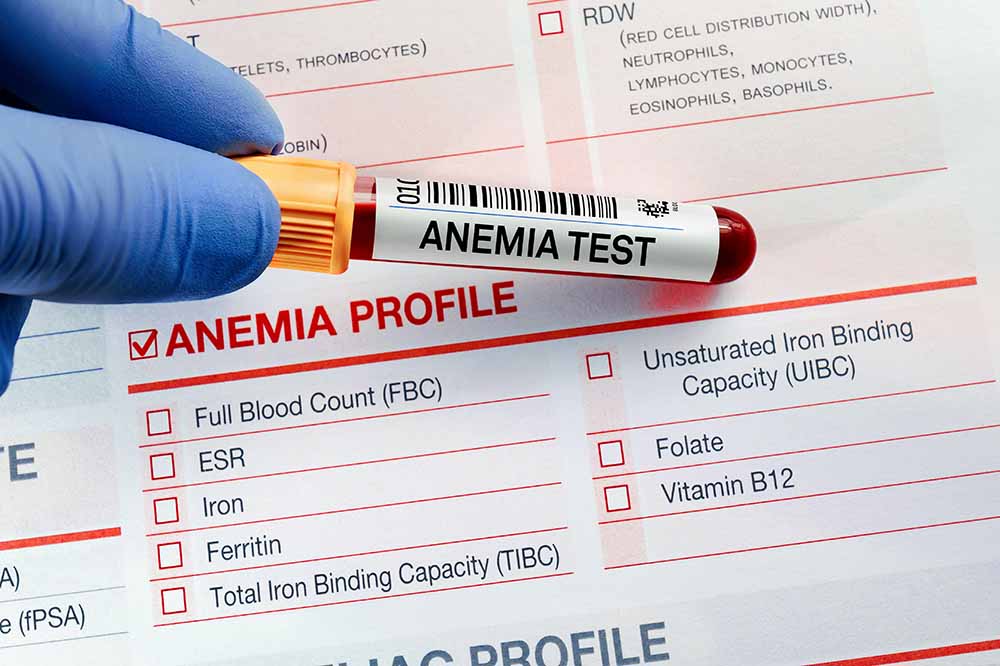
The World Health Organization defines the period between 10 and 19 years as adolescence, marking a transition from childhood to adulthood. This phase witnesses significant psychological, behavioural, and physical developments due to increased physical activity and rapid growth. Consequently, adolescents require additional nutritional support. Recent statistics indicate that there are approximately 1.2 billion adolescents globally, constituting one-fifth of the world's population, with this number steadily increasing. Developing nations house about 5 million adolescents within this total, and in India, adolescents make up around 21 per cent of the population.
The prevalence of anaemia among adolescent girls in India is currently on the rise. The onset of adolescence, which typically marks the start of the menstrual cycle in girls, places them at a higher risk of developing nutritional anaemia. In rural parts of India, girls often marry and become pregnant during the latter stages of adolescence, further increasing their vulnerability to adolescent anaemia and the associated risk of low birth weight in babies.
Dr Dhwani helps us understand the causes of anaemia in children and provides us with essential tips on how to prevent it. ‘Remember, early prevention and intervention are the means to a happy and thriving child.’, she adds.
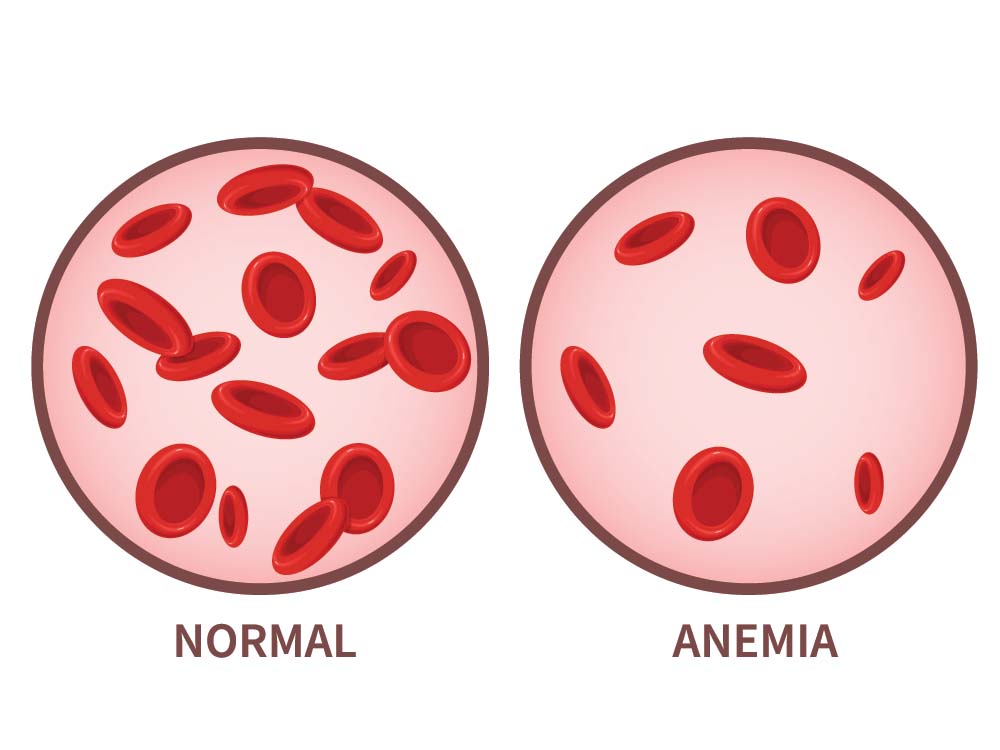
Understanding Anaemia in Children
Anaemia is a condition that affects children of all ages, from infants to adolescents. It can be a result of various factors, including nutritional deficiencies, chronic illnesses, or genetic reasons. Dr Dhwani sheds light on how anaemia leads to the reduced ability of the blood to carry oxygen to the body's tissues. This results in symptoms like fatigue, paleness, shortness of breath, and in severe cases, even developmental delays.
She says, ‘A strong correlation exists between anaemia and various other factors, including socioeconomic status, dietary adjustments, nutritional supplements, and the management of parasitic infections. Ensuring adherence to the consumption of iron and folic acid tablets can significantly reduce the incidence of anaemia among adolescent girls.’
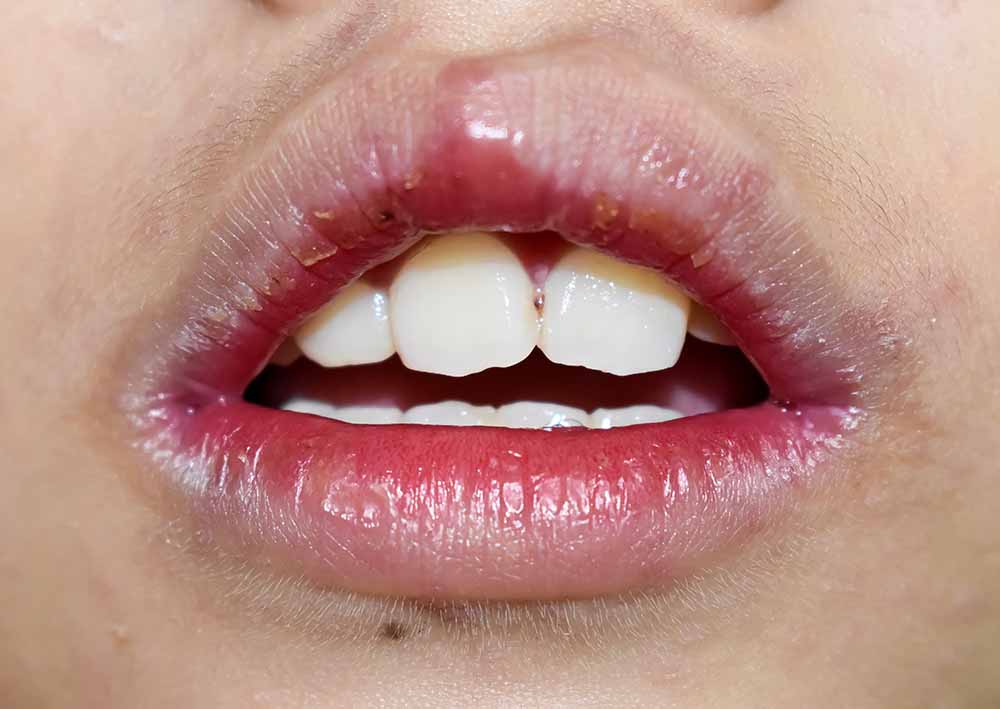
Factors Contributing To Anaemia In Children
Dr Dhwani explains why anaemia could occur in children, emphasising the importance of early intervention and prevention.
1.Balanced Diet: Ensure that your child is receiving a well-rounded diet, rich in iron and other essential nutrients. Good sources of dietary iron include lean meats, poultry, fish, legumes, and fortified cereals. Incorporate plenty of fruits and vegetables to provide necessary vitamins and minerals.
2. Iron-Rich Foods: Encourage your child to consume iron-rich foods like spinach, lentils, beans, and fortified cereals. Combining these foods with vitamin C-rich foods, such as oranges or strawberries, can enhance iron absorption.
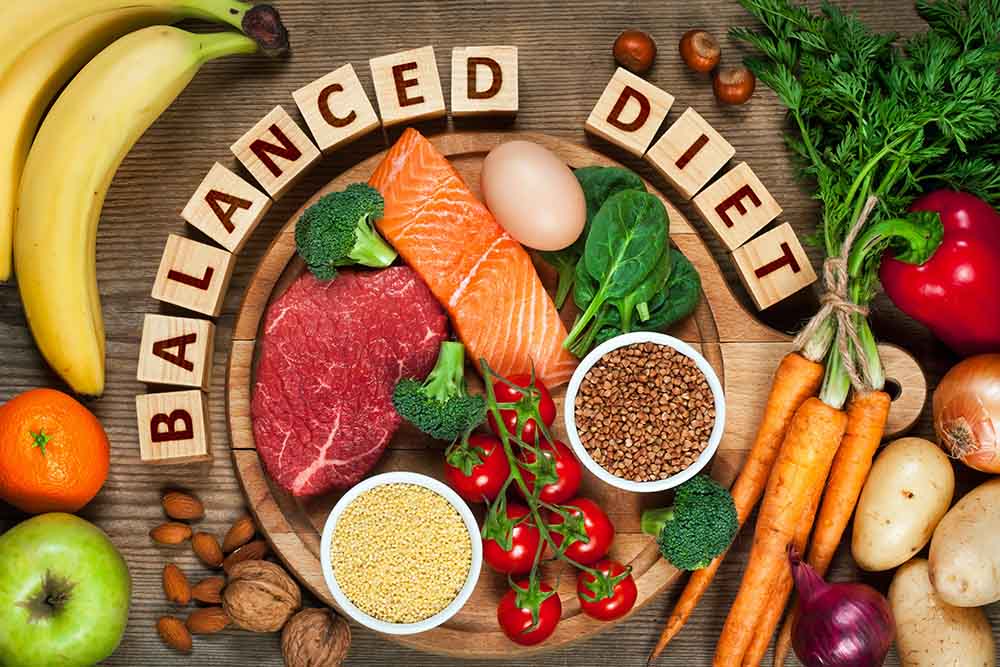
3.Avoid Excessive Milk Consumption: Excessive milk consumption can interfere with the absorption of iron in the body. Limit your child's milk intake to no more than 16-24 ounces per day, depending on her age.
4. Breastfeeding And Formula: If your child is an infant, make sure she receives adequate breast milk or iron-fortified formula during the first year of life. After six months, introduce iron-rich foods to her diet.
5.Routine Checkups: Regular pediatric checkups are essential to monitor your child's overall health and nutritional status. Your healthcare provider can assess your child's risk for anaemia and recommend appropriate preventive measures.
6. Iron Supplements: In some cases, especially when a child has been diagnosed with iron deficiency anaemia, your pediatrician may prescribe iron supplements. Always follow the recommended dosage and consult your healthcare provider before starting any supplements.
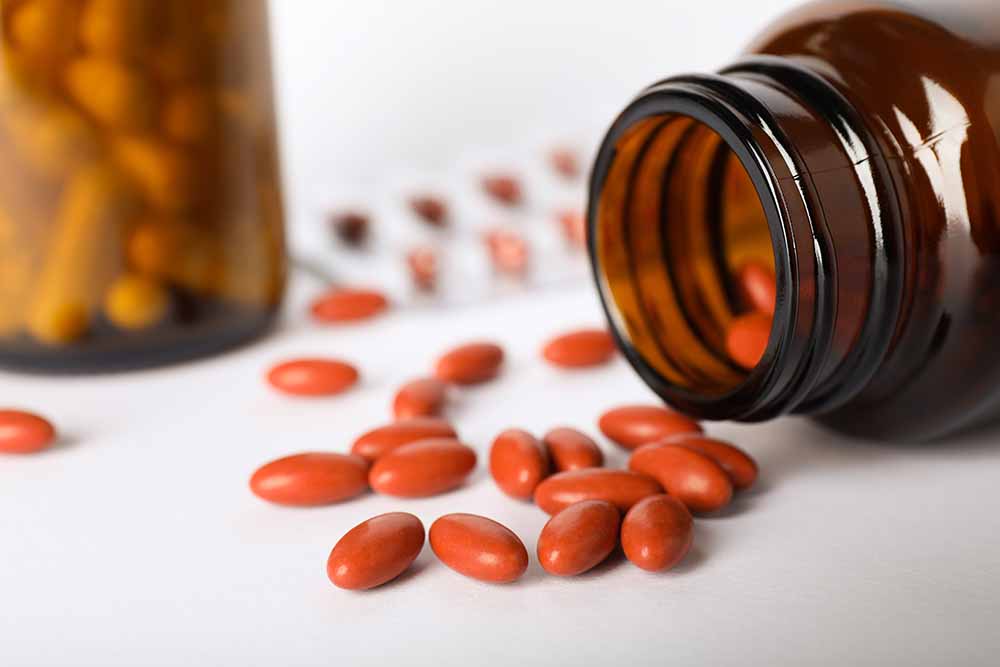
7. Be Mindful Of Special Diets: If your child follows a vegetarian or vegan diet, work with a healthcare provider or dietitian to ensure they receive the necessary nutrients to prevent anaemia.
8. Hygiene And Food Safety: Promote food safety and hygiene to prevent infections or illnesses that can lead to anaemia. Ensure proper food storage, preparation, and handwashing practices.
Following the expert advice provided by Dr Dhwani, can help parents ensure that their children grow up healthy and anaemia-free. Remember, early prevention and intervention are the keys to nurturing a happy and thriving child.